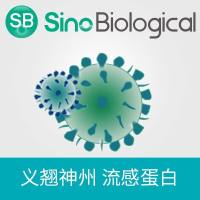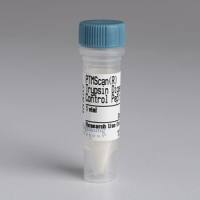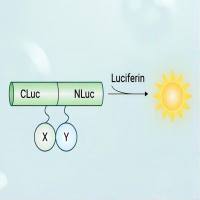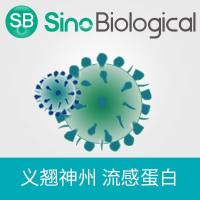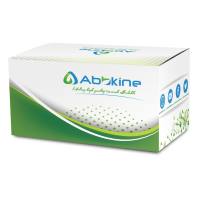Biomarkers of Cell Senescence Assessed by Imaging Cytometry
互联网
535
The characteristic features of senescent cells such as their “flattened” appearance, enlarged nuclei and low saturation density at the plateau phase of cell growth, can be conveniently measured by image-assisted cytometry such as provided by a laser scanning cytometer (LSC). The “flattening” of senescent cells is reflected by a decline in local density of DNA-associated staining with 4,6-diamidino-2-phenylindole (DAPI) and is paralleled by an increase in nuclear area. Thus, the ratio of the maximal intensity of DAPI fluorescence per nucleus to the nuclear area provides a very sensitive morphometric biomarker of “depth” of senescence, which progressively declines during senescence induction. Also recorded is cellular DNA content revealing cell cycle phase, as well as the saturation cell density at plateau phase of growth, which is dramatically decreased in cultures of senescent cells. Concurrent immunocytochemical analysis of expression of p21WAF1 , p16INK4a , or p27KIP1 cyclin kinase inhibitors provides additional markers of senescence. These biomarker indices can be expressed in quantitative terms (“senescence indices”) as a fraction of the same markers of the exponentially growing cells in control cultures.


